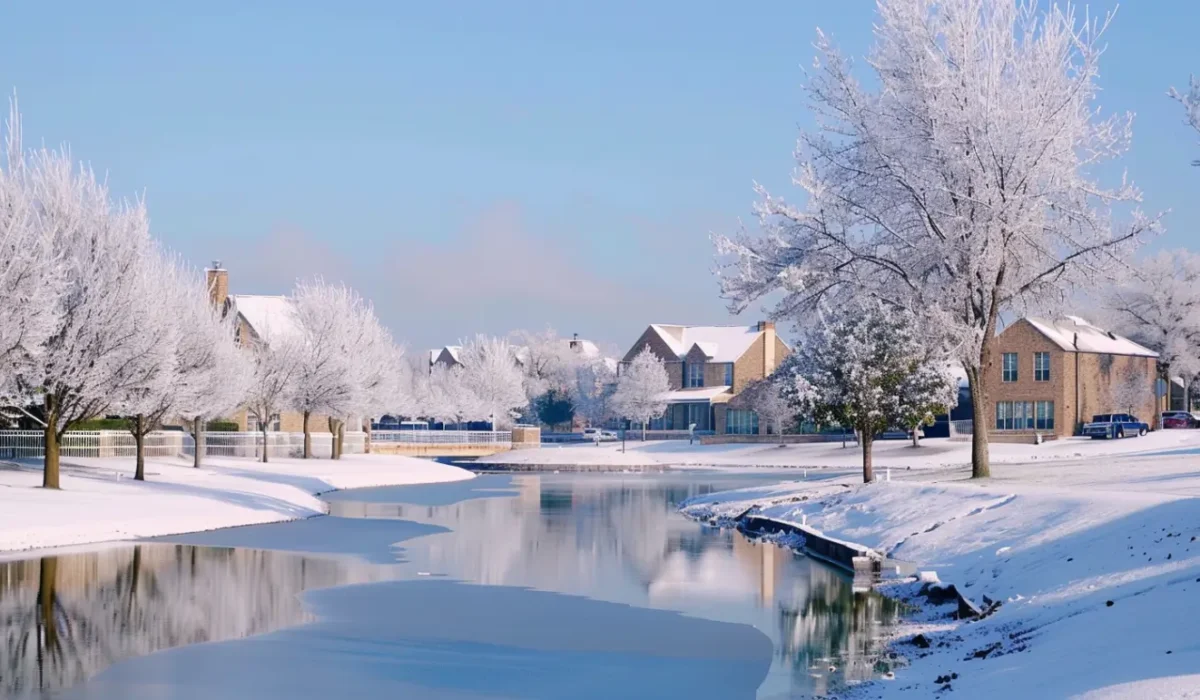As winter arrives in Coppell, TX, homeowners often look for ways to keep their homes warmer and their energy bills lower. One common question that arises is whether roof vents should be blocked to keep out cold air. While the logic may seem sound—why let cold air into your attic during winter?—the answer might surprise you. Blocking roof vents can actually do more harm than good. Here’s what you should know before making that decision.
The Role of Roof Ventilation
Roof vents aren’t just for summer—they serve an essential purpose year-round. Proper attic ventilation regulates temperature and moisture levels inside your attic, helping protect your roofing system from damage. It works by allowing outside air to enter through intake vents and exit through exhaust vents, creating airflow that prevents heat and moisture buildup.
In winter, this airflow helps reduce condensation caused by warm indoor air rising into the cold attic. Without adequate ventilation, moisture can accumulate and lead to mold growth, wood rot, and even ice dams.
Why Blocking Vents is a Bad Idea
When you block your roof vents, you disrupt the airflow that your attic depends on to stay dry and balanced. Sealing vents can trap warm, humid air inside the attic, leading to:
- Condensation on rafters and insulation
- Mold and mildew growth
- Structural deterioration over time
- Reduced effectiveness of insulation
While your goal might be to keep warm air in, you could be compromising your home’s structure and indoor air quality in the process.
Ice Dams: A Winter Risk
One of the most damaging consequences of blocked roof vents in winter is ice dam formation. When the attic becomes too warm due to trapped heat, it can melt snow on the roof. The melted water then runs down the roof and refreezes at the edges, forming ice dams. These dams can lift shingles, block proper drainage, and cause water to back up under the roofing system.
Maintaining steady airflow in your attic helps keep the roof cold and prevents this freeze-thaw cycle.
What You Should Do Instead
Rather than blocking vents, focus on properly insulating and air-sealing your attic floor. This helps prevent warm air from escaping the living space below and keeps your attic cold, as it should be in winter. Also ensure that soffit and ridge vents remain clear of insulation and debris so they can function as designed.
Schedule a roof inspection to ensure your ventilation system is working effectively. In Coppell, TX, KangaRoof provides expert guidance and services to help homeowners balance warmth, efficiency, and roof health.
Certified Professionals Make a Difference
As an OC Preferred and Emerald Premium contractor, KangaRoof brings certified expertise to every roof they service. Their team can evaluate your attic ventilation, insulation levels, and roofing condition to ensure your home performs optimally throughout winter.
Final Thoughts
Blocking your roof vents during winter may seem like a quick fix for cold drafts or high energy bills, but it often leads to bigger issues. Moisture buildup, ice dams, and reduced energy efficiency are just some of the problems that can follow.
For Coppell, TX homeowners looking to winterize their homes the right way, trust the professionals at KangaRoof. Their knowledge of local climate conditions and advanced roofing techniques ensures your roof is protected all season long.Read also our blog: How New Shingles Add Value to Your Home
